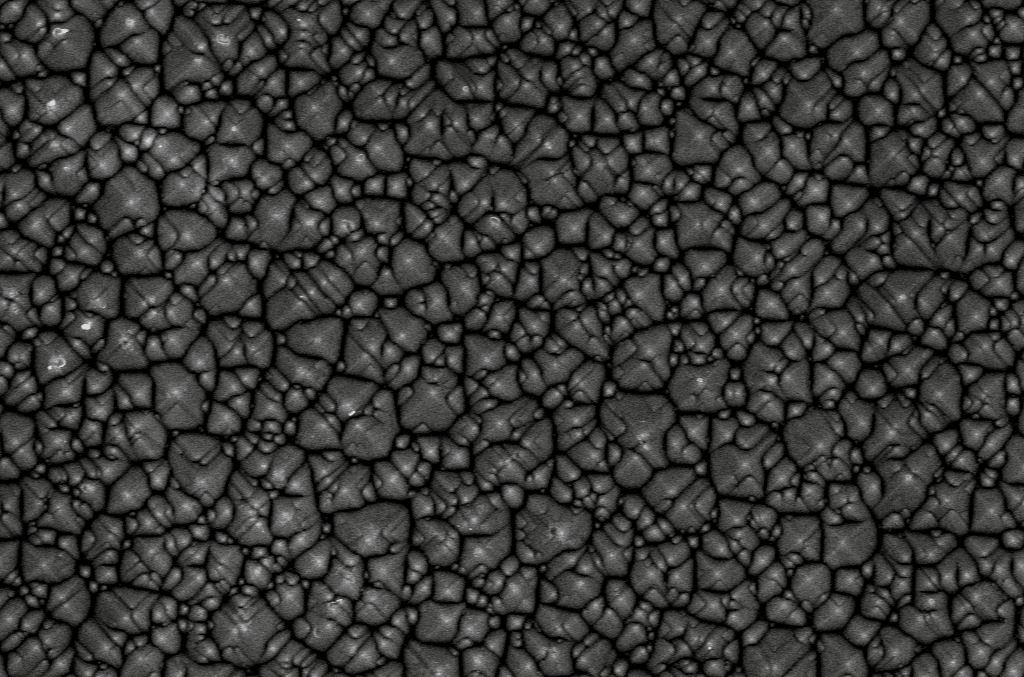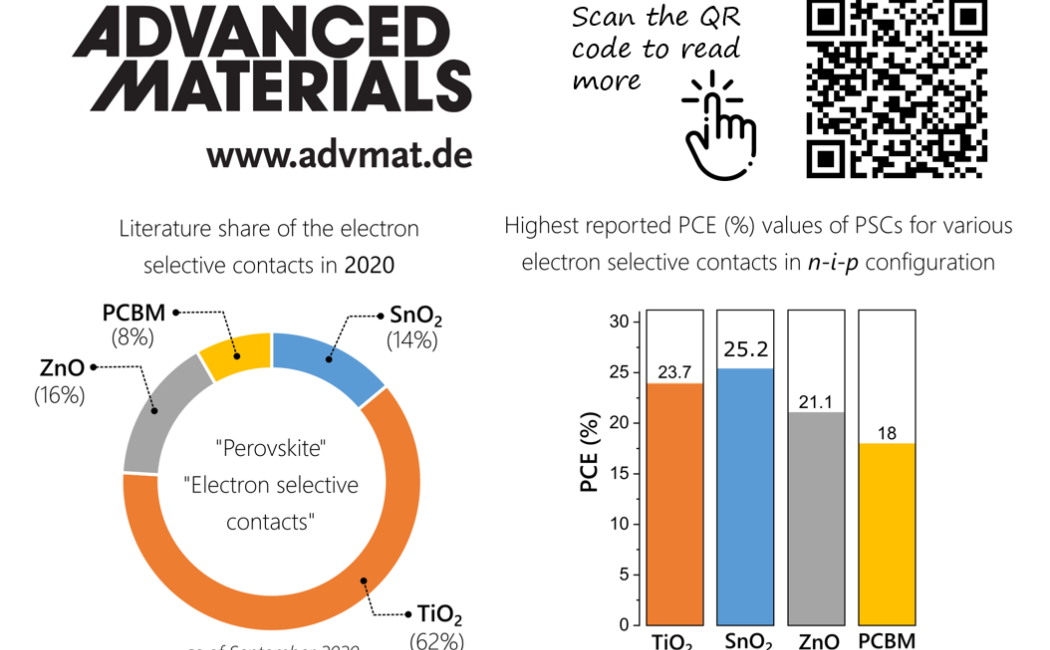


07 March, 2021
Metal halide perovskites are attractive materials for solar cells. Their usage has drawn significant attention in both single-junction and tandem levels with reported record efficiencies of 25.2% and over 29.15%, respectively. In this progress, electron selective layers have been one of the key parts of device architectures since their ability to electron extraction directly affects the final performance of such cells.
Of the various candidates, tin oxide has emerged as a promising electron selective layer material in perovskite-integrated solar cells due to its attractive features such as high electrical conductivity, broadband transparency, and stability against UV-light, outperforming its traditional counterparts like titanium dioxide and zinc oxide. Considering, a large number of research reports based on tin oxide electron selective layers, including record efficiencies, have published in recent years. But a comprehensive understanding of tin oxide and its advantages/disadvantages in perovskite-based solar cells has still been remained un-deciphered.
To close this gap, KPV-Lab and external collaborators from Turkey reviewed the notable developments of tin oxide electron selective layers for perovskite solar cells. The review, which came out in Advanced Materials, outlines the overview of the fabrication methods, interfacial passivation routes, techno‐economic and toxicology analyses of tin oxide as well as integration into flexible and tandem devices together with scalable modules.
Cesur Altinkaya, the leading author of the review, says, “tin oxide is a breakthrough material for perovskite solar cells. Recent record efficiency values based on this material show the potential.”
“ The review has the potential to be a guide for researchers working on perovskite solar cells around the globe’’ says Prof. Stefaan De Wolf, the lead author of the publication, and adds “ tin oxide will be used more extensively in so many types of photovoltaic applications due to its intriguing features’’
The co-lead author and KAUST research scientist from De Wolf’s group Dr. Erkan Aydin says, “we have accumulated extensive background on tin oxide electron selective layers by conducting countless experimental studies in the last few years, and now we bridge between such experimental background and theoretical conceptualization benefitting from the literature, for future applications in the field of photovoltaic.’’
As the famous medieval poet put it;
Life is beautiful
Sun is wonderful
Perovskite is incredible
Tin oxide is inevitable

Figure. Some unique properties of SnO2 electron selective contacts for perovskite solar cells.